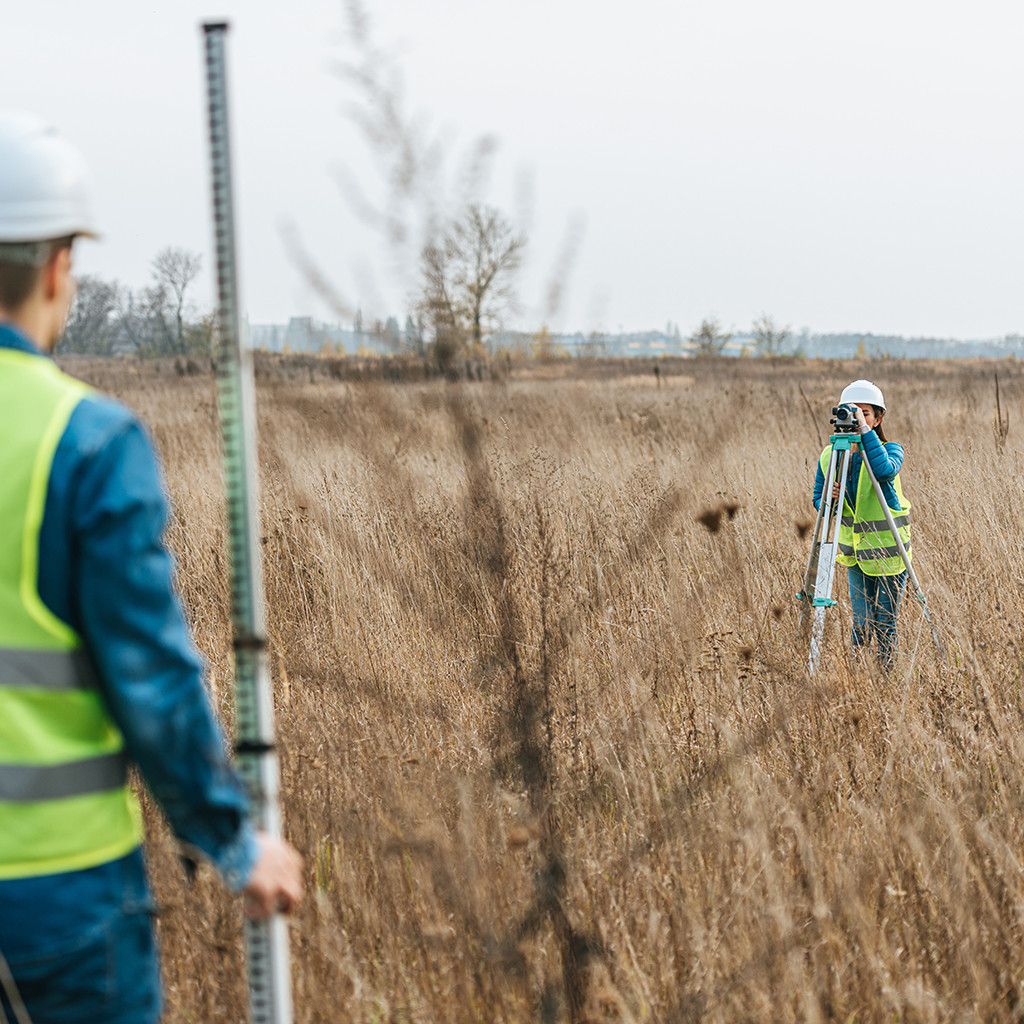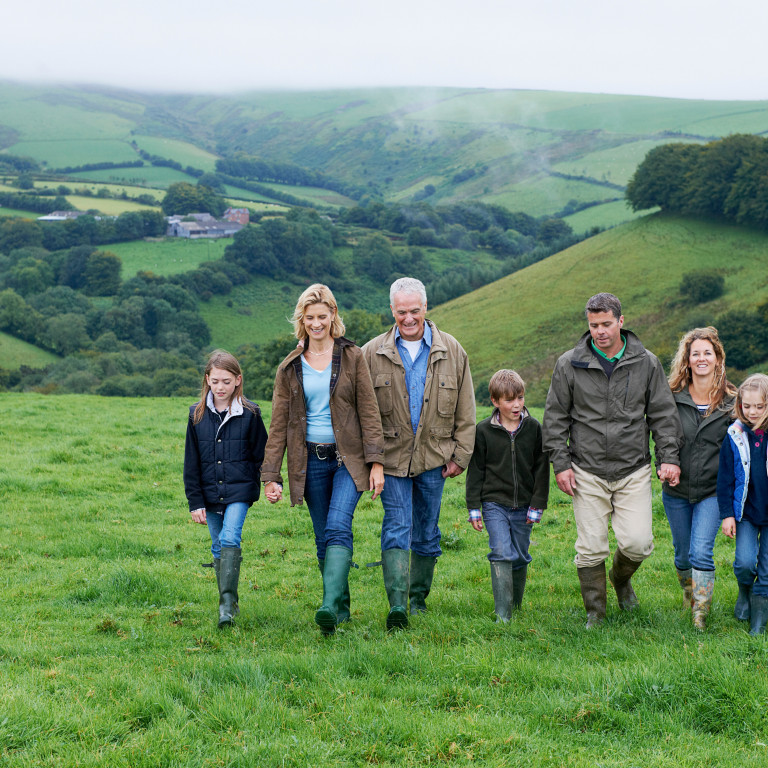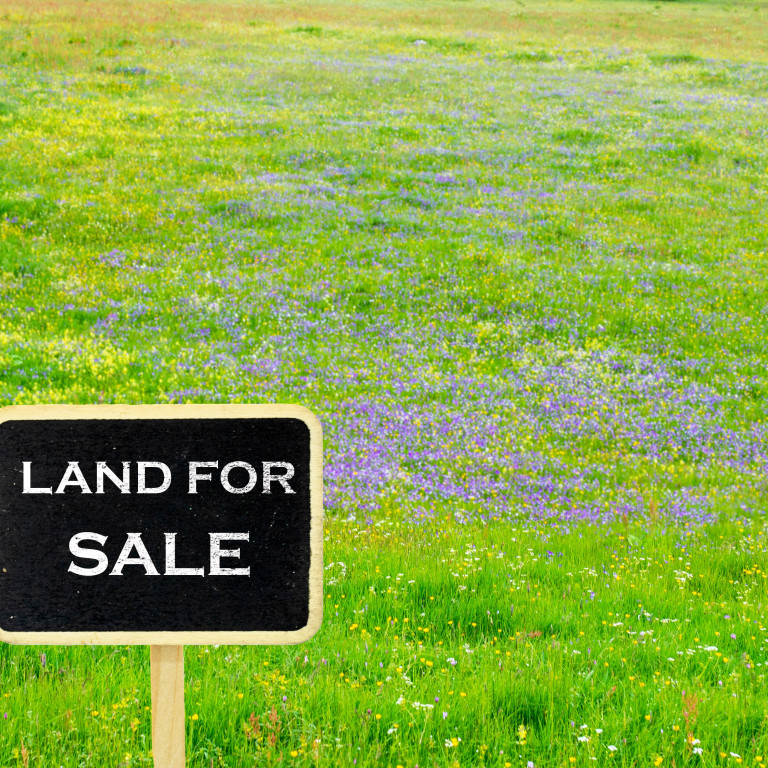Biodiversity Net Gain (“BNG”) in the context of planning and development is the principle that the development of land should leave the natural environment of those sites in a measurably better state than they were prior to the development taking place. This is achieved by making a positive environmental impact and delivering improvements through habitat creation or enhancement but only after avoiding or mitigating harm as far as possible.
November 2023
From November this year, it will become mandatory for major developments to deliver at least 10% BNG. It will only apply to applications made after November and there are likely to be transitional arrangements to ensure that BNG is not applied retrospectively to applications submitted before November or where they have already been granted permission before the implementation date, for example, applications made under section 73 of the Town and Country Planning Act 1990.
For small sites, this requirement will come into effect in April 2024.
The requirements are introduced under the Environment Act 2021 and will be expanded by secondary legislation which is expected in October.
Small sites are defined as those which are less than one hectare and would be developed for between 1 to 9 dwellings, or half a hectare if the number of dwellings proposed is unknown. For non-residential development, a small site is defined as up to 1000 sqm of floor space where the overall site is less than one hectare.
Householder works are proposed to be exempt from the requirement. It also will not currently apply to permissions granted by development orders, which includes permitted development rights.
Biodiversity Gain Plans
From November relevant planning permissions will contain a condition that requires developers to submit a biodiversity gain plan to the local authority and obtain approval for it before commencing development. The biodiversity gain plan must set out the following information:
- Steps taken or to be taken to minimise the adverse effect of the development on biodiversity
- The pre-development biodiversity value of the onsite habitat
- The post-development biodiversity value of the onsite habitat
- Any registered offsite biodiversity gain allocated to the development and the value of that concerning the development
- Any biodiversity credits purchased
- Any other matters which the Secretary of State may specify by Regulations
Measuring BNG – the biodiversity metric
The biodiversity value of any habitat or habitat enhancement is calculated in biodiversity units using a biodiversity metric. The Secretary of State produces, publishes, and revises the biodiversity metric. At the time of writing the current metric is 4.0.
For those assessing the site, they will need to identify the site boundaries, divide the site into parcels of different types of habitat, and input information about the habitat type, condition, and size of each area of habitat. The metric uses broad habitat categories as a proxy for the biodiversity value within a given parcel of land. These three categories are: area units; hedgerow units; and watercourse units.
The metric assesses the quality of the site based on habitat distinctiveness, condition, strategic significance, and connectivity. The information that is inputted provides a score of biodiversity units. Scarce and declining habitats will usually score more highly than more common habitats.
The metric does not address impacts on particular species or recognise the significance of site designations, so it has its limitations. However, when used early in a scheme it can pre-empt objections on ecology grounds and assist with designing the scheme.
How to deliver BNG if you cannot avoid loss of habitat
As a developer:
The 10% BNG can be delivered in three ways:
- On-site – delivered through habitat creation and enhancement provided by landscaping and green infrastructure, for example providing species-rich meadows, swift bricks, and insect hotels. The management and monitoring of the habitat will need to be secured for a period of not less than 30 years which can be achieved by condition on the relevant planning permission, or with a section 106 Agreement or conservation covenant.
- Off-site – delivered through habitat creation and enhancement, including via habitat banks held by public and private landowners. This can be delivered either on alternative land already owned by the developer or by purchasing the relevant number of units from a landowner who has registered their site.
- Statutory credits – delivered through large-scale high-value habitat projects and purchased for a set figure per unit. These are intended to be a last resort and only for use where BNG cannot be delivered on-site or off-site. You will need to purchase two credits for every biodiversity unit you are compensating for.
BNG can be delivered through a mixture of the above. For example, if you are only able to provide a 7% increase on the development site, the remaining 3% could be delivered either off-site or through statutory credits.
As a landowner:
You can provide the off-site units to deliver the 10% BNG increase required for any given development site. You will need to register your land as a biodiversity gain site from November 2023.
Using the metric, you will be able to identify the BNG increase that you can provide on your land and sell these units to a developer or multiple developers depending on the quantum of units that you can provide.
You will need to enter into a section 106 agreement or conservation covenant to bind your land and commit to managing the created or enhanced habitat for a minimum period of 30 years. Conservation covenants are registered as local land charges.
How we can help
Our experienced team of planning lawyers are on hand to advise on Biodiversity Net Gain and can be contacted by telephone on 01392 207020 or emailed at enquiries@tozers.co.uk






